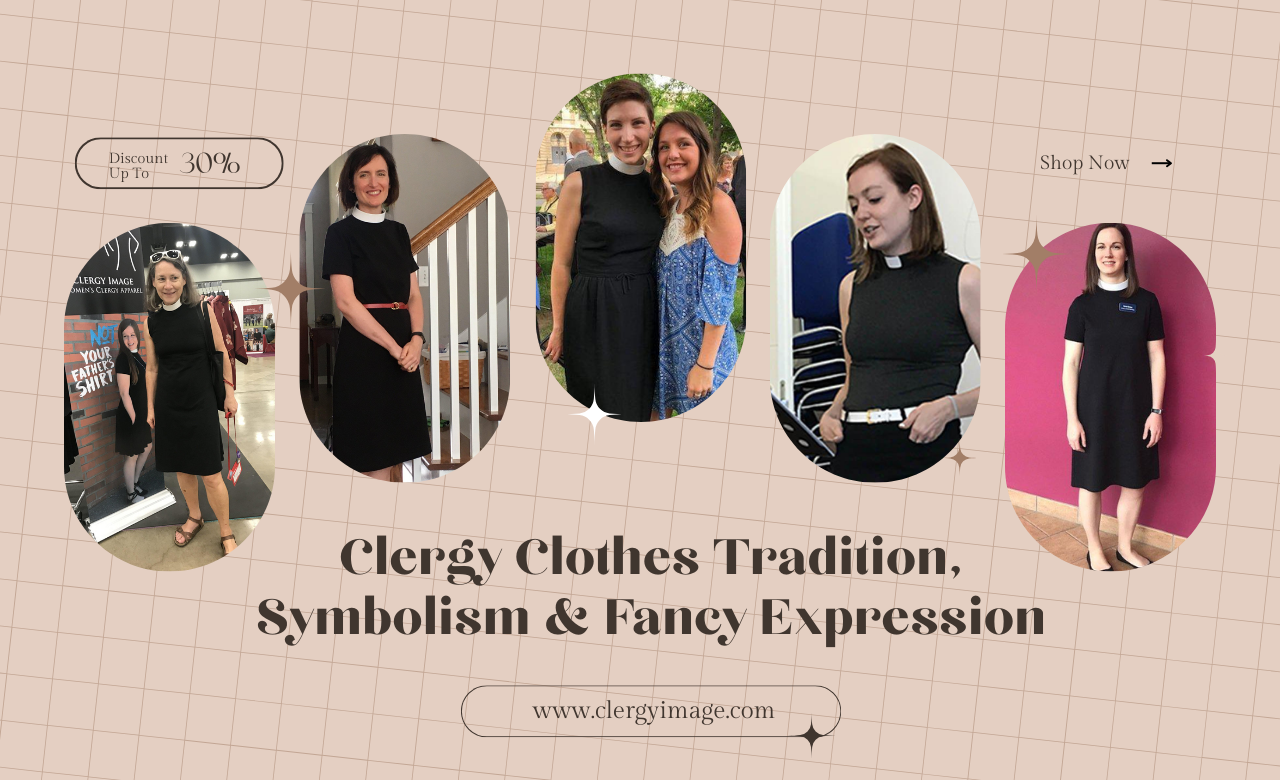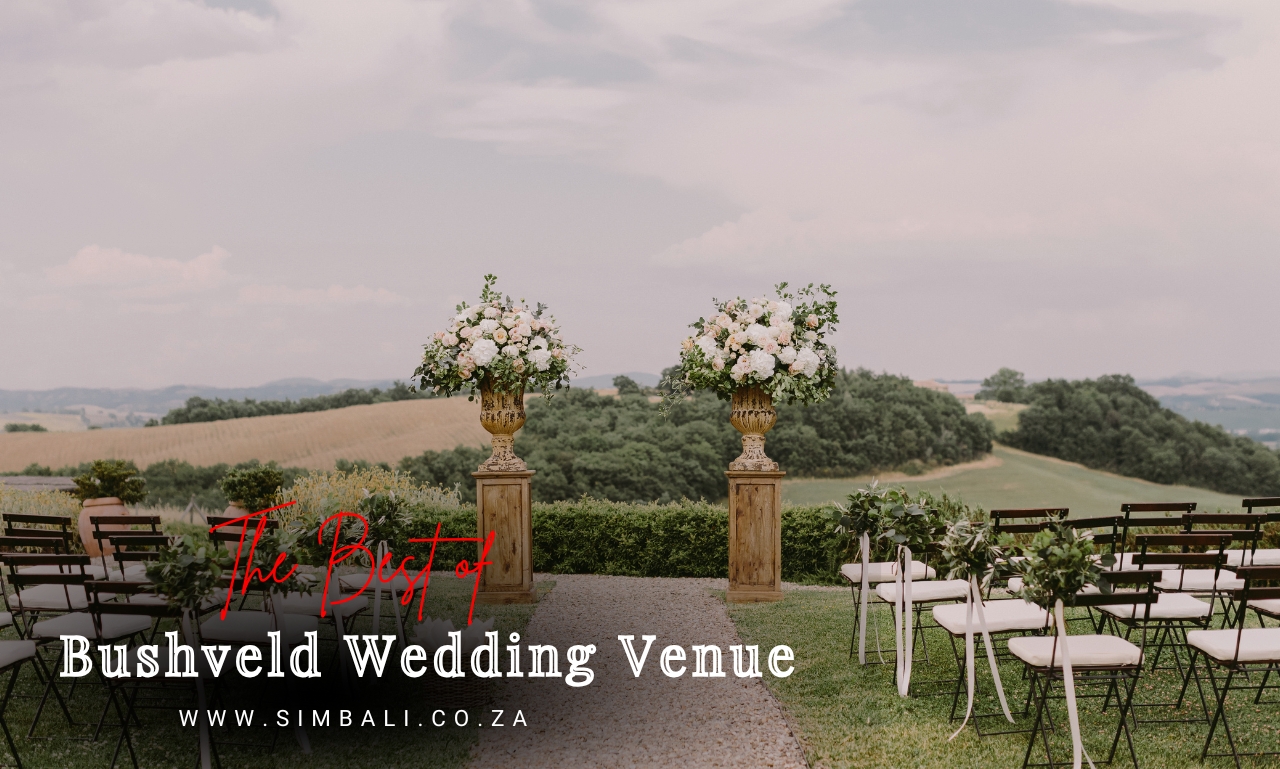Clergy clothes encompass more than mere garments; they embody spiritual authority, tradition, and a distinct identity within religious communities worldwide. This blog explores the historical roots, symbolic significance, and modern adaptations of clergy clothes, highlighting their role in religious practices, community engagement, and personal expression.
Origins and Evolution of Clergy Clothes
Clergy clothes trace their origins to ancient religious practices, where attire distinguished clergy members from the broader community. Over centuries, these garments evolved to symbolize spiritual authority, humility, and commitment to service. The introduction of the clergy collar in the 19th century further standardized clerical attire, marking clergy members as ambassadors of faith and moral guidance. Today, clergy clothes encompass a diverse range of styles and interpretations, reflecting both tradition and contemporary fashion trends.
The Symbolism and Meaning of Clergy Clothes
Central to the symbolism of clergy clothes is the clergy collar, which serves as a visible marker of clerical identity and responsibility. Traditionally white or black, the collar symbolizes purity, humility, and adherence to moral principles. Each element of clergy attire, from tailored clergy shirts to flowing robes, carries symbolic weight, reinforcing the clergy’s role as spiritual leaders and servants of their communities. The ceremonial significance of these garments underscores their importance in rites, rituals, and everyday ministry.
Varieties of Clergy Clothes: Traditional and Contemporary Styles
Clergy clothes encompass a wide array of garments designed for both ceremonial and everyday wear. Traditional attire often includes robes of various colors, each representing theological nuances and liturgical seasons. Clergy shirts with integrated or detachable clergy collars are essential components of daily wear, offering clergy members comfort and functionality without compromising on reverence. Modern interpretations, such as two tone dress designs and tailored female clergy dresses, blend traditional elements with contemporary fashion trends, catering to diverse clerical roles and personal preferences.
The Role of Clergy Clothes in Gender-Inclusive Practices
As religious institutions embrace gender equality, clergy clothes have evolved to accommodate diverse identities and roles within clergy. Women clergy members now have access to tailored options, including female clergy dresses and two tone dress styles that align with clerical standards while respecting individual expression. The integration of clergy collars into women’s attire symbolizes inclusivity and equal access to leadership roles, reflecting broader societal shifts towards diversity and representation in religious leadership.
Practical Considerations in Choosing Clergy Attire
Selecting appropriate clergy clothes involves considerations of comfort, functionality, and adherence to religious protocols. Fabrics are chosen for their durability and breathability, ensuring clergy members remain comfortable during lengthy services and pastoral engagements. Proper fit and maintenance of clergy shirts and collars and robes preserve their integrity and appearance, reflecting the clergy’s commitment to professionalism and spiritual leadership. Consulting reputable suppliers, such as Divinity Clergy Wear, ensures access to quality garments tailored to denominational requirements and personal preferences.
Maintaining Clergy Clothes: Care and Longevity
Maintaining the integrity of clergy clothes requires regular care and attention to detail. Clergy shirts and robes should be laundered according to manufacturer guidelines, with collars cleaned separately to prevent discoloration. Proper storage in breathable garment bags or closets protects fabrics from dust and light exposure, prolonging their lifespan and maintaining their ceremonial significance. By investing in high-quality attire and practicing routine care, clergy members uphold the reverence and respect associated with their clothing in all ministry settings.
Where to Purchase Quality Clergy Clothes
Finding reputable suppliers of clergy clothes is essential for clergy members seeking attire that meets both their spiritual and practical needs. Online retailers specializing in religious apparel offer extensive selections of clergy shirts & two tone dress, robes, and accessories, often with options for customization and size guidance. Local religious supply stores and tailor shops provide personalized fittings and consultations, ensuring clergy members find attire that aligns with their theological beliefs and ministerial responsibilities. Choosing a trusted supplier guarantees clergy can confidently represent their faith through dignified and well-maintained attire.
Conclusion: Embracing Tradition and Diversity in Clergy Clothes
Clergy clothes remain a cornerstone of religious identity and service, embodying tradition, symbolism, and personal expression within clergy communities worldwide. From ancient origins to modern interpretations, these garments uphold the clergy’s sacred calling and inspire reverence among congregants and communities. Whether worn during worship services, pastoral visits, or ceremonial occasions, clergy shirts, robes, and dresses affirm the clergy’s commitment to spiritual leadership and community stewardship. By embracing tradition and diversity in clergy attire, clergy members honor their vocation and enrich the spiritual tapestry of their faith communities.



